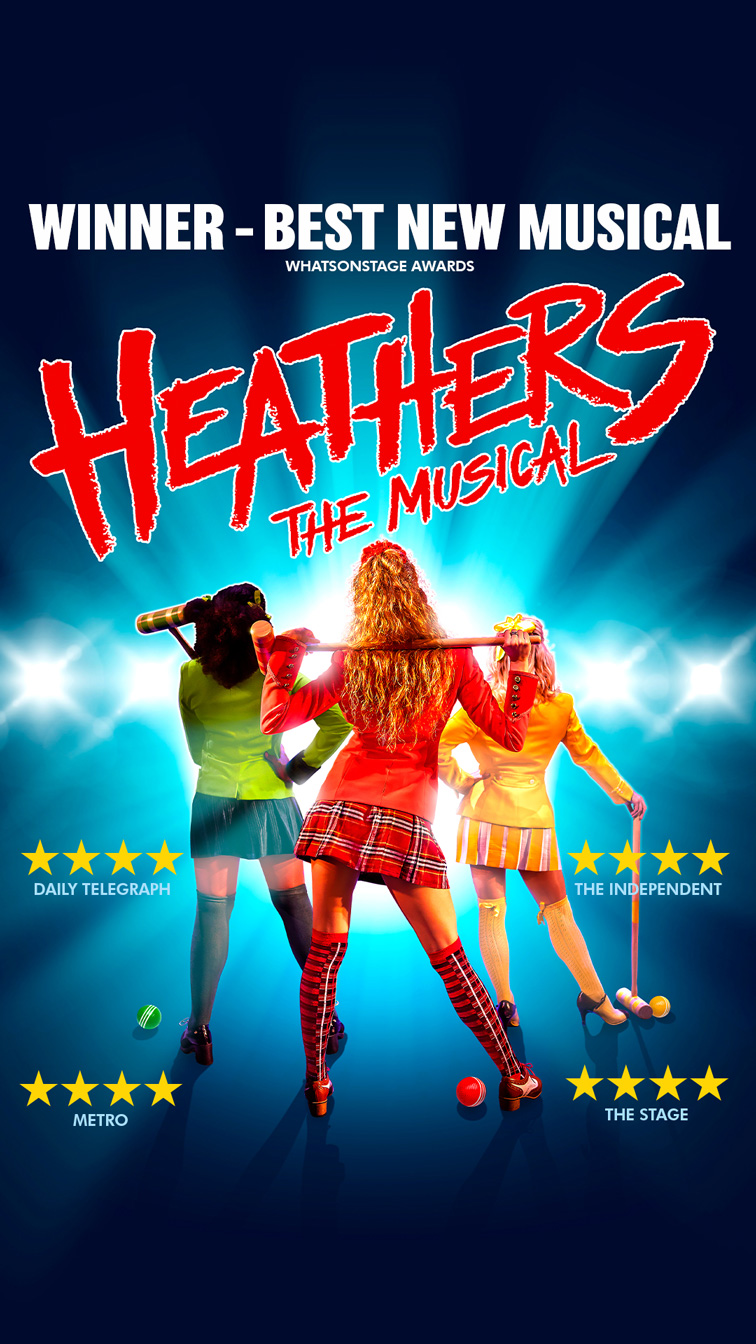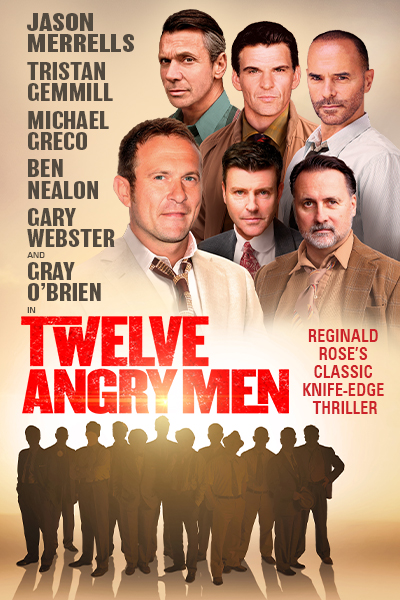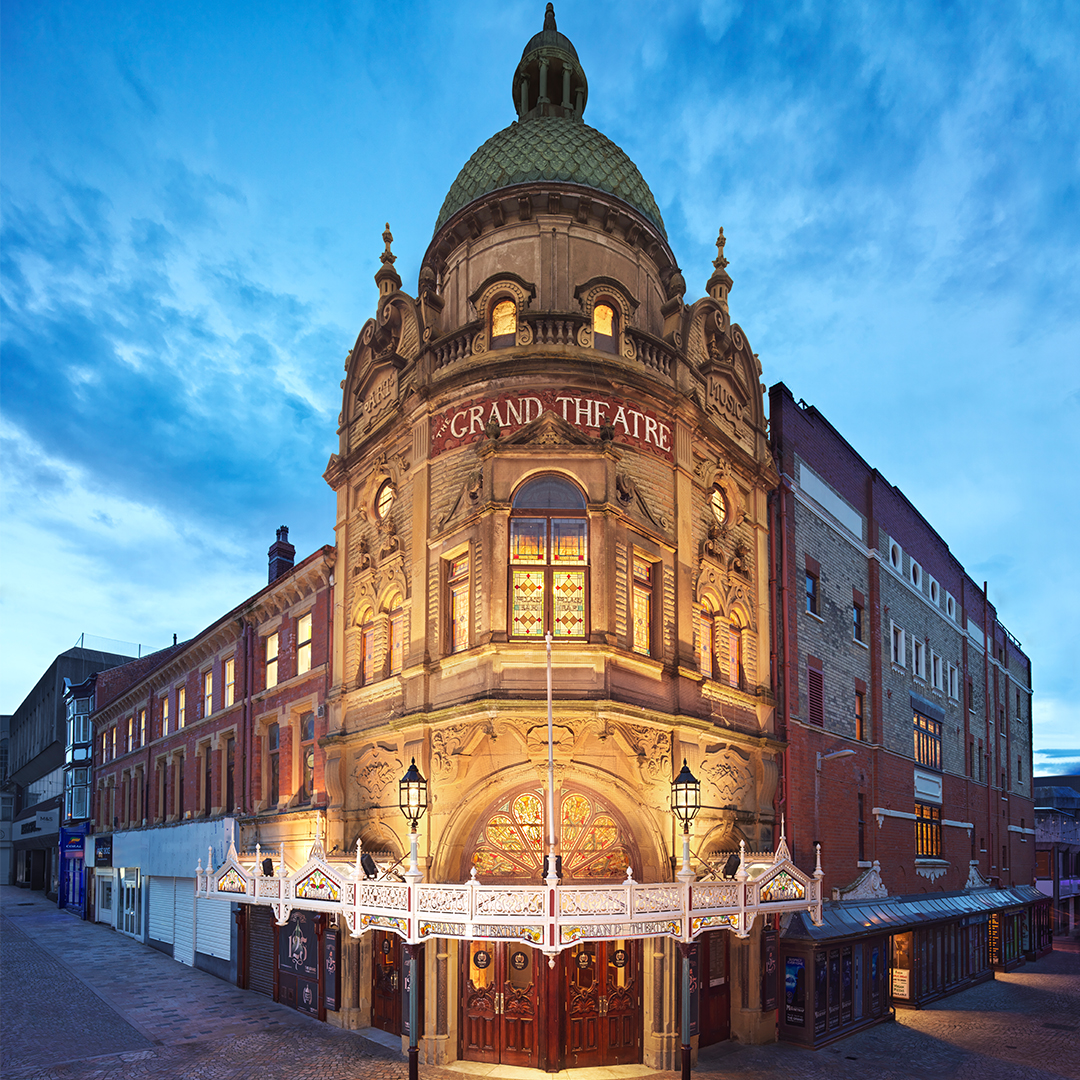
INTERVIEW | Boy in the Striped Pyjamas’ Author and Adaptor
min read
Share
In June 2015 John Boyne’s poignant and heart-warming story The Boy in the Striped Pyjamas comes to the Grand Theatre as part of a nationwide tour. Find out what it takes to transform this powerful and difficult story into a stage play with author John Boyne and adapter Angus Jackson.
Words by Al Senter
Every writer is different, of course, but one gets the impression that most of the breed like to work within a strict timetable with a regular amount of words recorded within a set number of hours. But the writer John Boyne took a very different approach when he sat down to compose the first draft of his best-selling novel The Boy in the Striped Pyjamas. Or rather, he was compelled by the power of his imagination to write in the white heat of creativity. “The starting point for the novel was the image of two boys divided by a fence,” he recalls. “I knew where the fence was, I knew it was a place no one should be, let alone two children, but I was interested in the journey that would bring them there, the conversations they would have and the necessary end I felt their story would reach.
“A lot of young people’s literature begins with a child being taken away from a place of safety and this is what happens to Bruno in the book, when he is forced to leave his friends, his grandparents and his home behind.” Adaptor Angus Jackson is probably better known as an acclaimed theatre director and his productions have been seen at venues including Chichester Festival Theatre, the Royal National Theatre and in London’s West End. Among his credits is a stage version of Goodnight Mister Tom, another popular book for younger readers. The stage play was produced by the Children’s Touring Partnership, producers also of this first ever stage version of The Boy in the Striped Pyjamas which comes to The Grand in June. “I’ve given both boys – Bruno and Shmuel – the same birthday – which happens to be my father’s birthday,” reveals John. “I wanted to ask the question. What kind of men would they have become, if they had survived?
The subject of the Holocaust and the way it is treated in the play will come under close scrutiny. Since the publication of The Boy in the Striped Pyjamas in 2006 and the subsequent film version, John has had to answer a number of criticisms. “I don’t believe that there’s ever a time when it’s wrong to talk about the Holocaust,” he maintains. “People will often complain that The Boy in the Striped Pyjamas is yet another book on the concentration camps, implying that the subject is closed. Then there is the argument that says that if you weren’t there, you shouldn’t be writing about it. But following that to its logical end, eventually there would be no new books on the subject and that would be a mistake.”
How should a work of art treat such a topic as emotive and distressing as this in front of school-age children?
“I think that you focus on their sense of injustice,” suggests Angus. “I don’t think that young people should be protected from what happened in Auschwitz, provided that you as the writer or the director, do not sensationalise any acts of cruelty you put on stage. You should concentrate on the story of Bruno trying to understand the new world around him.
“All Bruno or Shmuel want is somebody to play with and somebody to talk to,” continues John. “And it’s really important that the audience cares about these children and the injustice of what is happening to them.”
Given that the boys in the production may only have the vaguest notion of the background of the play, how does a director approach the task of making them understand these events?
“You have got to talk them through it and you make sure that you talk to them properly,” says Angus. “I think that kids of that age are able to understand the subject and can fully discuss it. In fact, I think that kids can understand far more than they are sometimes given credit for.”
“I think that the boys themselves will be able to grasp the point that the last we see of them is when they are holding hands,” comments John. “The image symbolises the friendship between the two boys, a friendship that is stronger than the hatred around them. And that has to be a good thing. I used to say that I wrote novels for adults and novels for young people but now I prefer to think I write novels about adults and novels about young people, which is a subtle but important difference. The violence in The Boy in the Striped Pyjamas is all suggested because I didn’t want the book to turn into a horror novel. And I’d like the young people who see the production to use their imaginations and to ask questions.”
How would John answer those critics who argue that the events of the novel simply lack plausibility?
“There will always be people who turn around and say that this was not possible or that couldn’t have happened. But I have described the book as a fable which I define as a work of fiction with a moral at its heart. And I’ve always felt that the truly important aspect of a book is its emotional honesty,”
“It’s very difficult for Bruno to understand what is happening and you see what he sees” explains Angus. “The play does exactly what the book does in that it asks the audience not to feel sorry for the characters. Instead it directs us to look at these events afresh and in that way our engagement with what is happening on stage in stimulated.”
John has always enjoyed a lively correspondence with his youthful readers.
“I get a lot of messages from kids, often asking me to do their homework for them,” he laughs. “I think that they are told to do a classroom exercise around the book and to write an essay on what might have happened to characters such as Pavel or Lieutenant Kotler. The children often want to know if these characters really existed. I remember the boys who played Bruno’s Berlin friends in the film suggesting to me that I write a sequel in which they get together to get justice for Bruno.
“When I’ve gone to schools to discuss The Boy in the Striped Pyjamas, I’ve always stressed to the students that if they have been moved by the book they should move on to non-fiction works that explore the same subject, the biographies and the memoirs. Children need to be made aware of matters of racism and of the hatred of difference. I didn’t want the novel to sound didactic but I’d like the young people in the audience to realise that these issues don’t just occur in the big world but in their inner world as well. In the play, the boys have not yet been corrupted by the world and so they supply the moral centre of the story.”
Finally, Angus is keen to argue that there is humour in the play, despite its harrowing themes.
“We show Bruno, his parents, his elder sister as members of a normal family and there is always humour in families. It is right that Bruno and Shmuel can be funny and charming at times. My son is eight. He’s still an innocent and his innocent way of looking at the world can be quite funny. Bruno is the same.”
The Boy in the Striped Pyjamas
Tuesday 2 to Saturday 6 June 2015
Info and tickets available here























